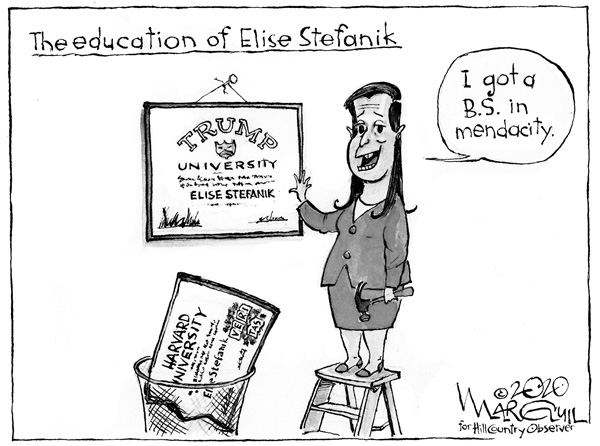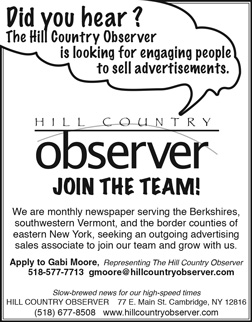Editorial February - March 2020
E D I T O R I A L
New York’s first steps toward election reform
It was the late Abner Mikva, a longtime federal appeals court judge, who told a famous story of youthful idealism meeting cold, hard politics.
In 1948, as Mikva recounted it, he walked into a local ward office of the Democratic Party in Chicago and offered to volunteer for Adlai Stevenson’s gubernatorial campaign, only to be stopped by a question from a cigar-chomping committeeman: “Who sent you?”
Nobody, Mikva said. To which the committeeman replied: “We don’t want nobody nobody sent.”
Like Chicago, New York state has a long, colorful and corrupt history of machine politics, one in which those in power have tended to see elections mainly as an exercise in shutting out anyone that “nobody sent.”
Tammany Hall, the Democratic machine that held sway in New York City and Albany for 150 years, has been defunct for more than half a century now. But its legacy lives on in electoral system that’s among the least user-friendly in the nation – and among the most tightly controlled by the two major political parties.
For candidates, New York’s election law offers a minefield of obstacles to ballot access, with elaborate petition-signature requirements that are designed to disqualify any candidate who lacks the backing of a political party organization.
For voters, the state offers obstacles such as closed primaries and super-early registration deadlines that by design help to limit participation in elections.
Consider, for example, that this year’s party primaries for state and congressional offices in New York will be held on June 23. If you want to vote in either the Democratic or Republican primaries on that day, you need to enroll in that party no later than Feb. 14. And that deadline – more than four months ahead of the election – was just relaxed; previously, to participate in a party primary, a voter had to enroll 11 months in advance.
But New York lately has begun to move toward a more open election system. Last year, the Legislature, spurred by a new class of reform-minded lawmakers, voted to consolidate the state and congressional primaries on a single day, set uniform polling hours for primaries, and allow New Yorkers to move from one county to another without having to re-register to vote.
And as our cover story this month details, the state joined 37 others that allow voters to cast ballots in advance of Election Day. In November’s trial run of early voting, participation rates varied widely across our region, partly because of decisions made by individual counties about how many polling places to set up for early voters – and where to put them.
It appears that New York’s version of early voting will cost more and serve a smaller share of voters than the comparable systems in Massachusetts and Vermont. In Vermont’s system, for example, any voter can simply obtain an absentee ballot up to 45 days before an election and mail it in.
But New York still requires voters to swear, under penalty of perjury, that they will be out of the county on Election Day or meet other strict requirements for obtaining an absentee ballot. Amazingly, these requirements are written into the state Constitution.
Last year, the Legislature took the first steps toward constitutional amendments that would allow no-excuse absentee voting and same-day voter registration. The task of opening up the state’s election system, it seems, will be a long slog.


